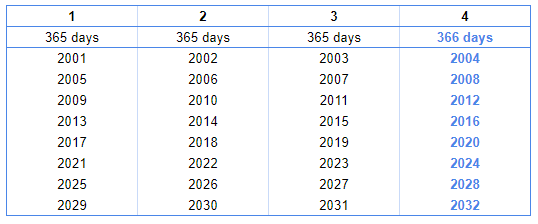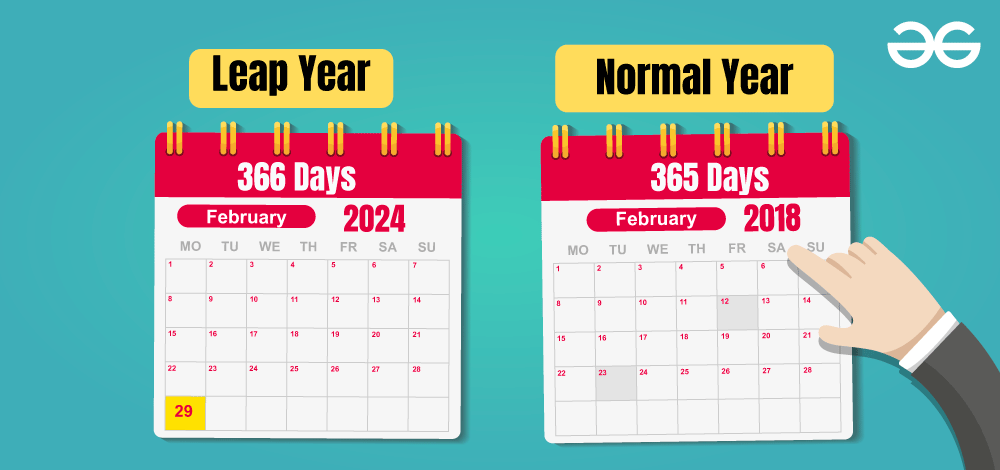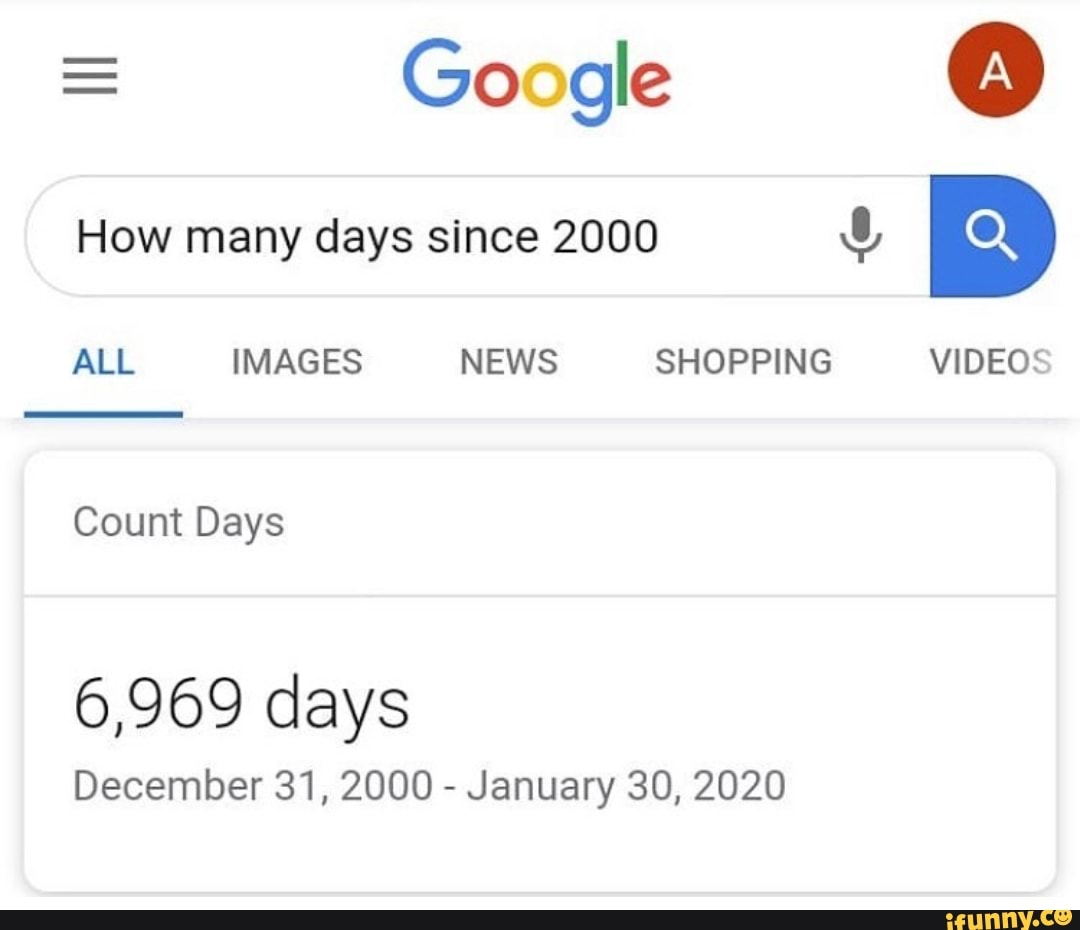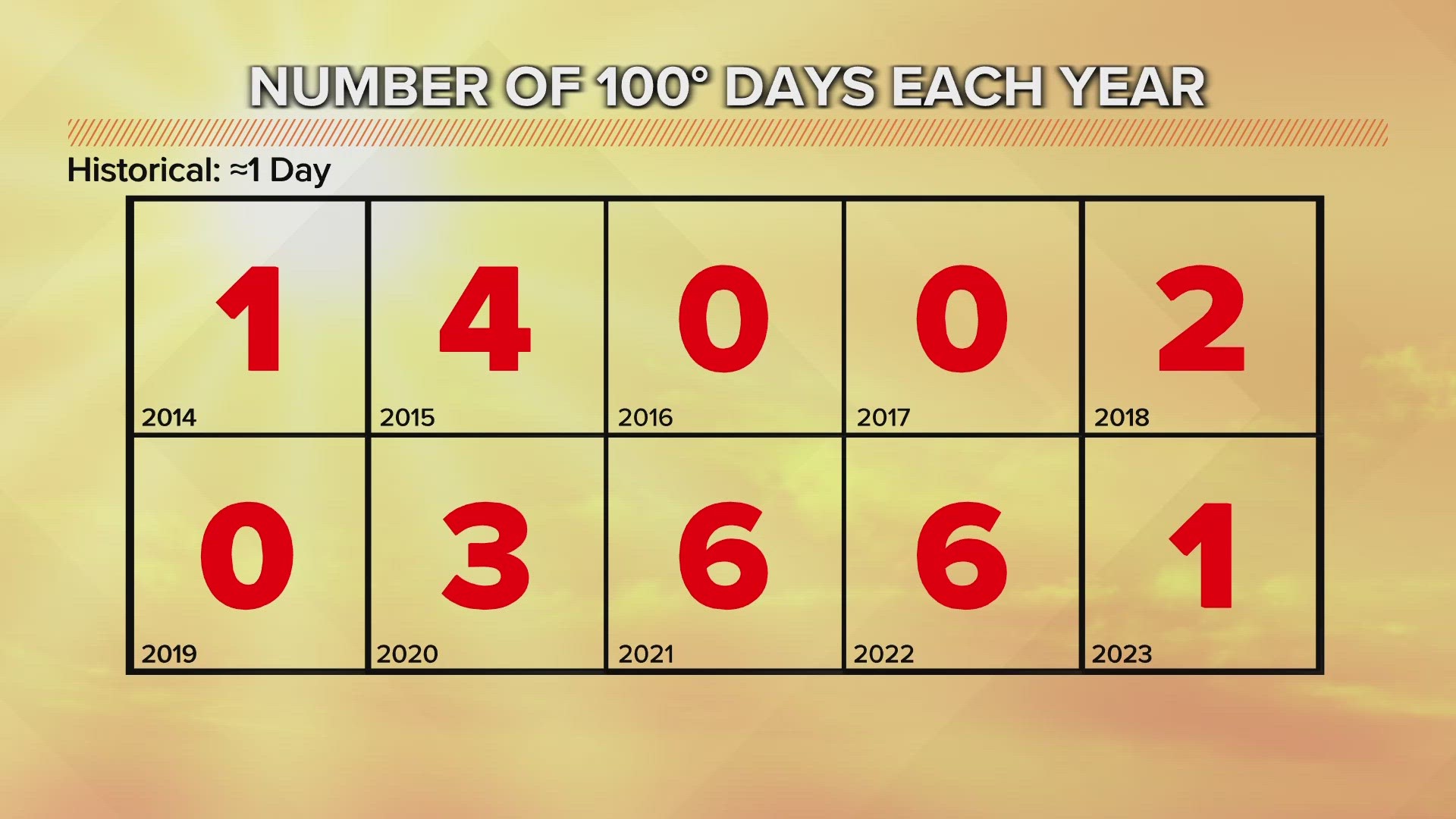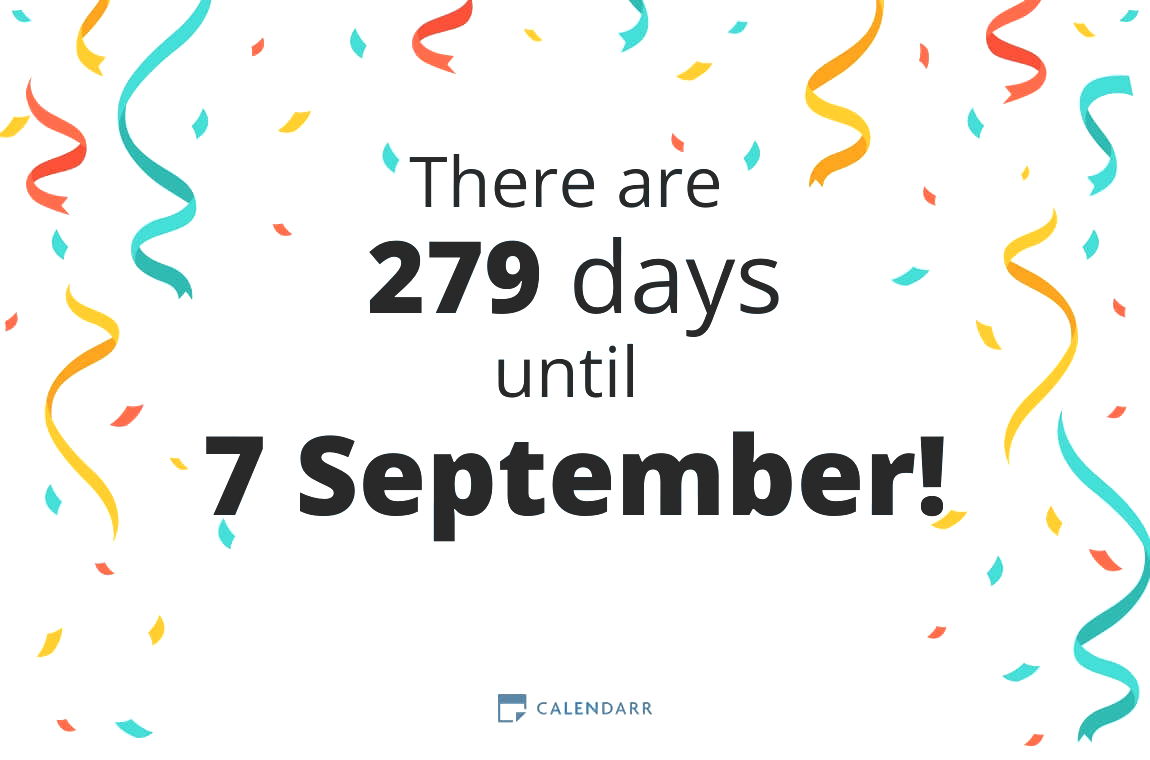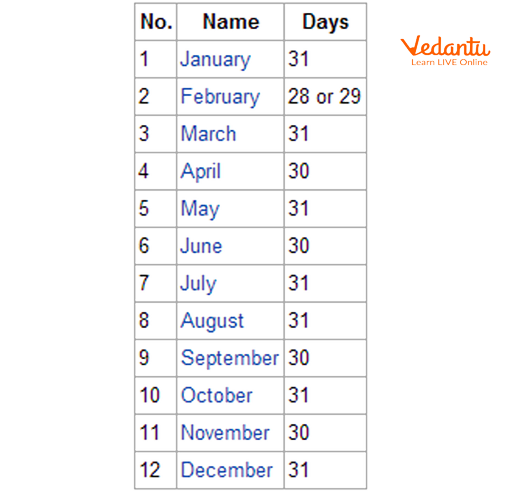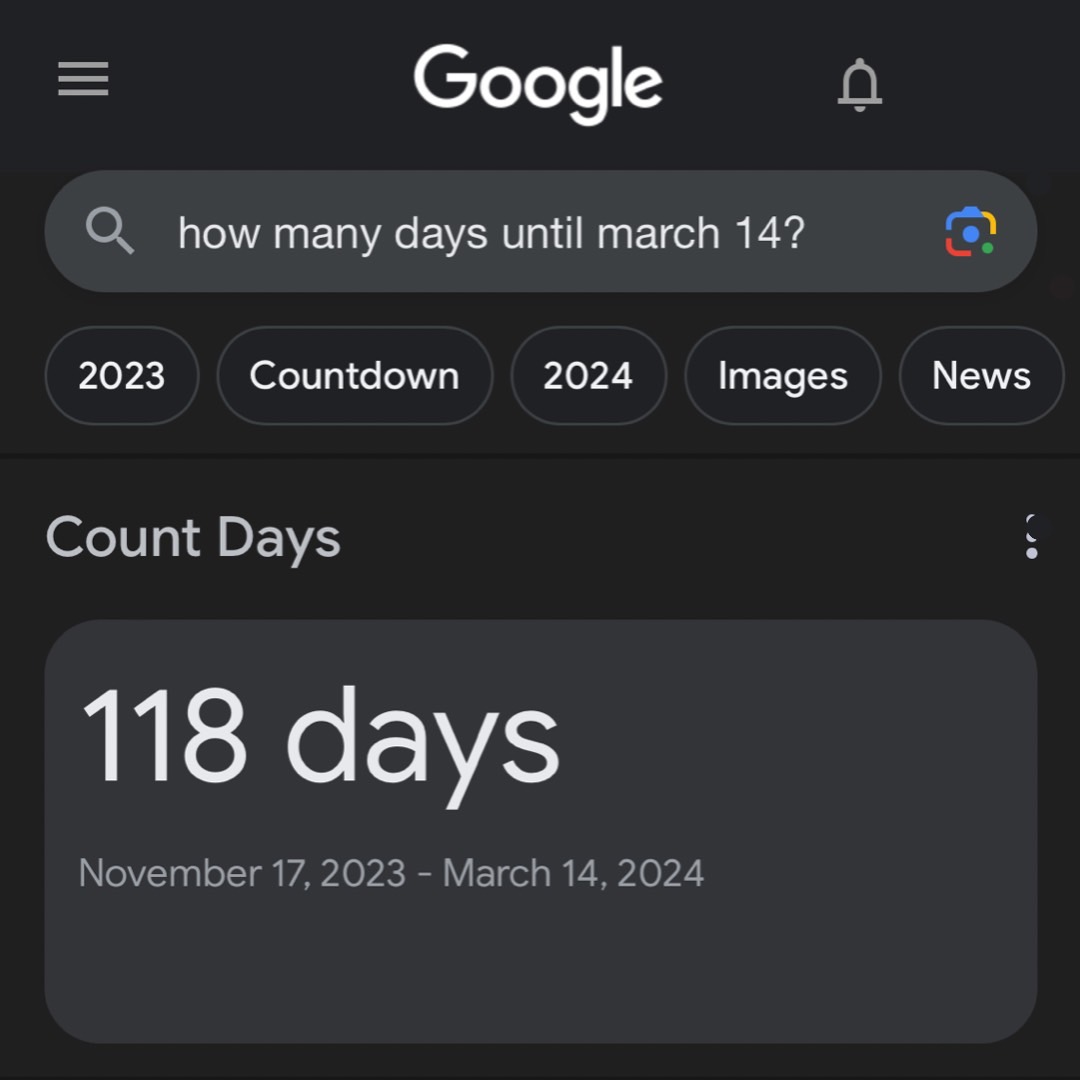How Many Days Since July 9

As of today, October 26, 2023, it has been 109 days since July 9, 2023. This simple calculation marks the passage of time and can hold varying significance depending on the context, whether it relates to personal milestones, project deadlines, or broader societal events.
Understanding the duration between dates is crucial for planning, tracking progress, and commemorating significant occurrences. This article explores the implications of this timeframe, considering its relevance across diverse fields and its potential impact on individuals and organizations alike.
The Simple Calculation: Days Since July 9th
The calculation is straightforward. July has 31 days, August has 31 days, September has 30 days, and October, up to the 26th, accounts for 26 days. Therefore, the total number of days is (31-9) + 31 + 30 + 26 = 109 days.
Online calculators and tools readily provide this calculation, ensuring accuracy and convenience for users. These tools are essential for various applications, from project management to financial planning.
Significance in Project Management
In project management, 109 days represents a substantial period for completing tasks, achieving milestones, or launching initiatives. It's a timeframe sufficient for significant progress, requiring careful planning and efficient execution.
Consider a software development project: 109 days could encompass the completion of a major module, the testing phase, and initial deployment. Effective tracking during this period ensures the project stays on schedule and within budget.
Financial Implications
Financially, 109 days can be a critical period for investments, loans, or economic cycles. Interest accrual, market fluctuations, and investment returns are all affected by this duration.
For instance, a short-term loan taken on July 9th would have accumulated interest over these 109 days. The total amount payable will reflect the interest accrued over this timeframe, impacting the borrower's financial obligations.
Personal Milestones and Events
On a personal level, 109 days could mark significant milestones such as the countdown to a wedding, a birthday, or the completion of a personal challenge. This timeframe allows for preparation, anticipation, and reflection.
"It's been 109 days since I started my fitness journey on July 9th," says Sarah Miller, a local resident. "I've noticed significant improvements in my health and fitness levels, and I'm excited to continue."
Societal Impact and Events
Broader societal events, such as political campaigns, social movements, or public health initiatives, can also be measured in terms of days since a specific date. Tracking these durations provides context and perspective on their progression and impact.
For example, if a new policy was implemented on July 9th, the 109 days since represent a period of evaluation and assessment. Policymakers can analyze the data and gather feedback to determine the policy's effectiveness and make necessary adjustments.
Technological Advances and Developments
In the rapidly evolving field of technology, 109 days can represent a significant amount of progress. New software updates, hardware releases, and technological innovations emerge within this timeframe.
Consider the development of a new mobile app: 109 days could encompass the design, coding, testing, and initial launch of the app. Continuous development and updates during this period ensure the app remains relevant and competitive.
Conclusion: Time's Constant Passage
The simple calculation of 109 days since July 9th highlights the constant passage of time and its impact across various aspects of life. From project management to personal milestones, this timeframe holds significance and relevance.
Understanding and appreciating the value of time allows individuals and organizations to plan effectively, track progress, and commemorate significant events. Whether it's for personal growth, professional achievement, or societal impact, the days since July 9th serve as a reminder of the constant movement forward.
Ultimately, the significance of these 109 days depends on the context and the individual or organization involved. However, the underlying principle remains the same: time is a valuable resource that should be used wisely and effectively.
